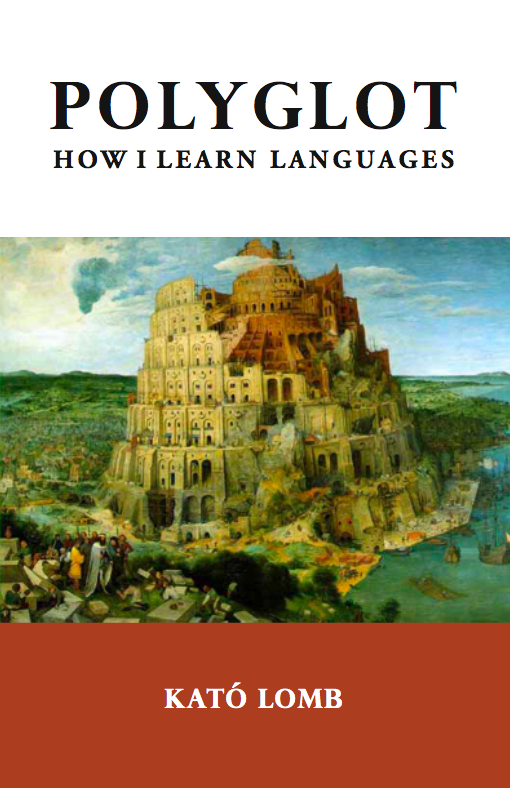I spent two days last week reading Polyglot: How I Learn Languages by Kato Lomb, a Hungarian interpreter who at her peak could interpret 16 different languages. It was…disappointing, but encouraging. Encouraging because it made me feel that it’s possible to learn that many, possibly not all to the same level of proficiency but well-enough to enjoy the culture and literature of other countries. Encouraging also because most of her language learning started as an adult, which is great for those of us who missed the so-called “magic age” of learning.
by Kato Lomb, a Hungarian interpreter who at her peak could interpret 16 different languages. It was…disappointing, but encouraging. Encouraging because it made me feel that it’s possible to learn that many, possibly not all to the same level of proficiency but well-enough to enjoy the culture and literature of other countries. Encouraging also because most of her language learning started as an adult, which is great for those of us who missed the so-called “magic age” of learning.
But it was disappointing because despite the title, the book was pretty skimpy on the details of how and when and where she did it. She gave a vague hypothetical example of how she would go about learning a language: buy a dictionary, buy a book, listen to news, read newspapers, etc, but I would have been happier if she had delved into a particular language more showing her method at work. She mentioned learning Russian by studying a book with a dictionary and figuring out the grammar rules…how? How did she do this? She also mentioned a writer who learning English by reading a poem by Shakespeare…how? How did he do this? Step by step, what, then what, then what…
It was very light on the details. It’s always like “I decided to learn Chinese, so I bought a book” Two or three lines later “So when I was translating Chinese to this group of tourists…” There’s a world of information missing in there. What did you buy first, how did you study the hanzi, how long did it take you, how much time did you spend on it, what did you listen to, what did you read…gahhh. It was frustrating.
Her anecdotes were fairly interesting though, and I felt quite pepped up after reading it, so I guess it was worth the time – and breaking my All Japanese All The Time for that. I broke it some more by listening to French radio yesternight, just to prove I’ve still got it. I might take it back by reading the book’s reviews on online in Japanese or something. Anyway, that’s all for today!



